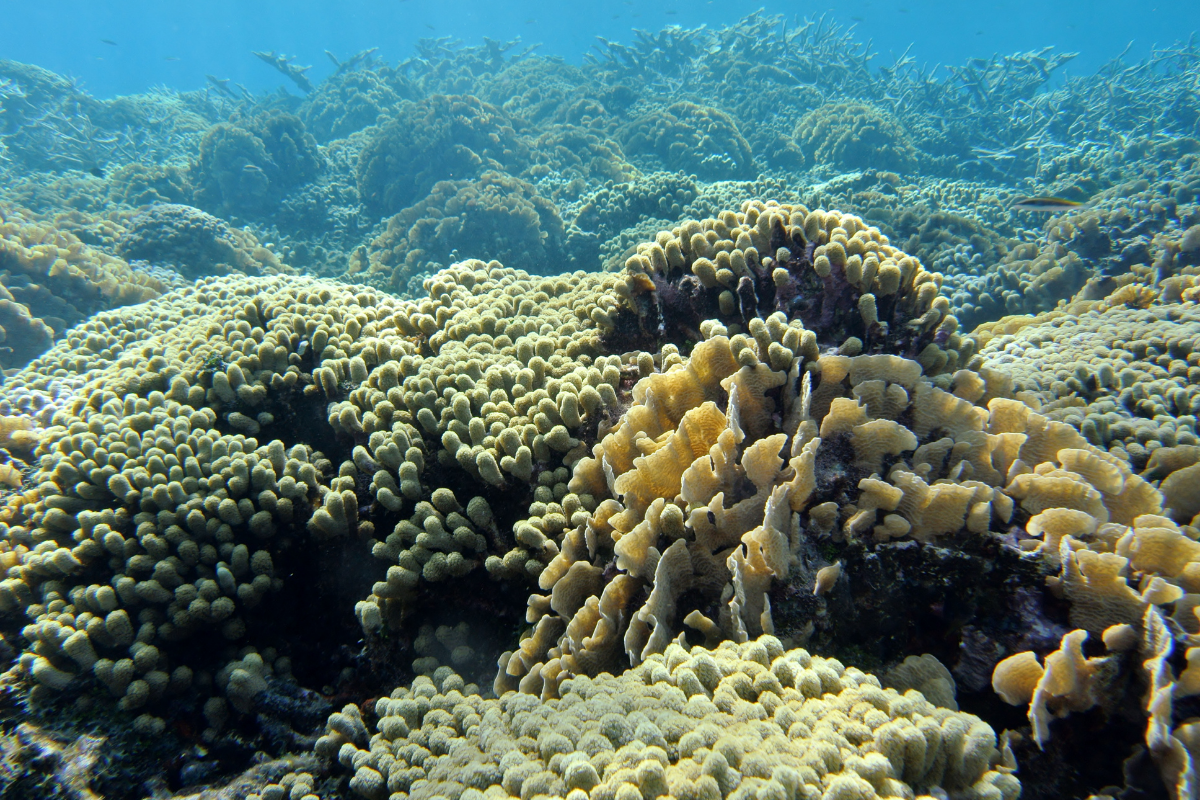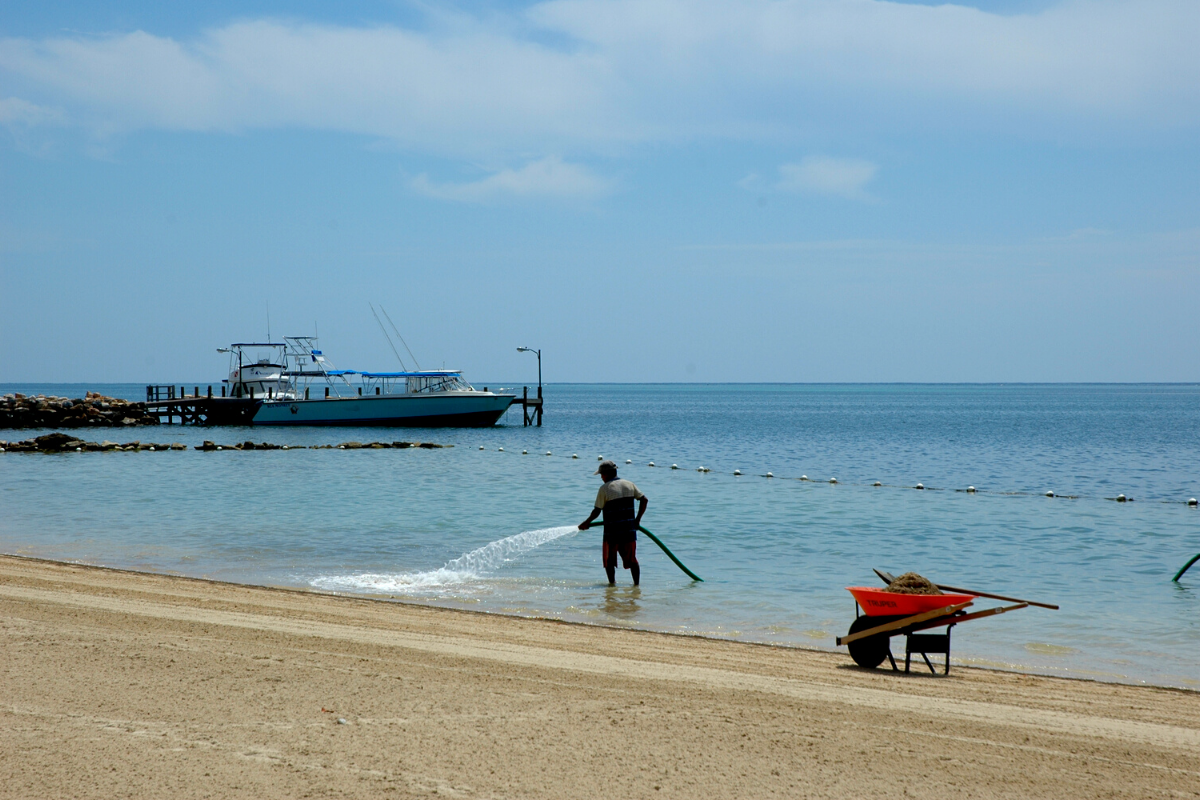When improperly treated sewage enters the marine environment, it can have devastating effects on a coral reef. Not only does it bring bacteria that can pose a threat to human health, but it also brings nutrients that fuel the growth of algae—a fierce competitor in the coral reef ecosystem. Algae compete with corals for space, and if not controlled, can quickly overtake a coral reef ecosystem.
That’s why at CORAL we focus so heavily on making sure corals have the clean, clear water they need to thrive. And it’s why we’ve been partnering with the local community in West End, Roatán, Honduras since 2013 to help revitalize West End’s wastewater treatment plant to ensure the plant is operational and homes are connected to it.

It’s working—together with our partners, we decreased the amount of bacteria in the nearshore waters of Half Moon Bay by more than 98 percent between 2013 and 2020. The water along the coast of western Roatán is once again healthy and clean.
“The numbers are amazing,” said Dr. Antonella Rivera, CORAL’s Principal Investigator in Honduras. “There is a huge difference in the before and after. It’s hard to believe it can actually happen in such a short period of time, and it’s also very fulfilling and motivating for me to see. You think you’ll see a little bit of change, but not of that magnitude.”
These impressive statistics are proof that partnering with communities and making long-term investments to improve local conditions can pay big dividends for coral reefs, which are among the most threatened ecosystems in the world.

Water quality has improved so much that West End has been declared a “Blue Flag” beach, a third-party certification that recognizes safe, accessible and sustainable beaches.
This is a huge success for the people who swim, play, and work in these waters—they now have clean water and don’t have to worry about getting sick.

But these remarkable improvements are also helping coral reefs become healthier. Though further research is needed, our scientists believe there’s a link between water quality and coral disease, which stresses corals and can lead to bleaching. When sewage pollution decreased in Half Moon Bay, the prevalence of coral disease also decreased. From 2011 to 2016, coral disease dropped from 25 percent to zero in the region, leading our researchers to believe that the pathogens and nutrients in untreated wastewater are harmful to corals’ health.
“Before we started monitoring in Half Moon Bay, the level of disease was very high,” Dr. Rivera said. “But we’ve monitored that with our partners, Healthy Reefs Initiative, every two years and, in 2016 and 2018, disease levels had gone down to zero. We can’t say that this is conclusively because of water quality improvements—disease can also happen because of other stressors such as climate change and other types of pollutants—but reducing the amount of sewage in the ocean likely contributes to making cleaner, healthier water for these coral reefs so they can be healthy and disease-free.”
To address this, Dr. Rivera is leading efforts to expand water quality testing in the Mesoamerican region to give us a better understanding of sewage-related impacts on the coral reef ecosystem.
